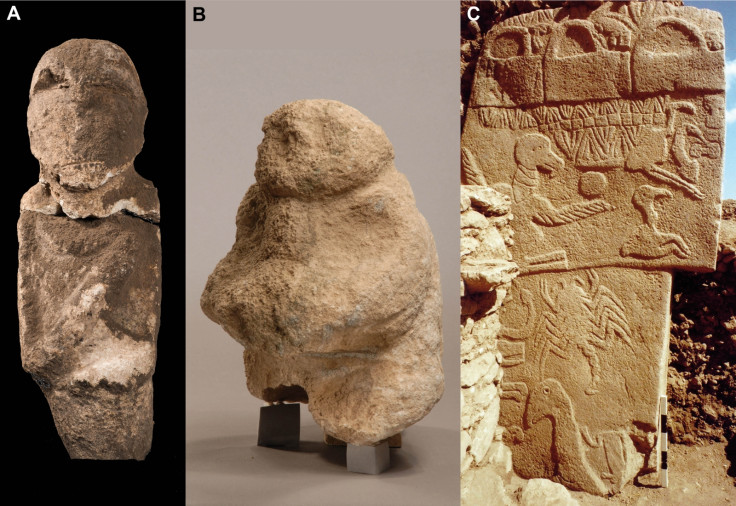Ancient human skulls with mysterious carvings reveal 11,000 year old 'skull cult' in Turkey
Skull cult is a frequent phenomenon in Neolithic Anatolia as people thought skulls had a special power.
Three carved human skull fragments unearthed at an 11,000 year-old Neolithic site in Turkey may be evidence of ancient rituals involving the skeletal remains.
Evidence for similar 'skull cults' have been seen found before in the region, but it is the first time that this type of artificial modification of the skull has been documented.
Throughout history, skulls have been worshipped by different cultures for different reasons – including as part of spiritual rites or as a way to honour the deceased. Depending on the cultural context, people made certain types of modifications to the skulls, which archaeologists now study to get a better idea of their ancient belief systems.
"Skull cult is a frequent phenomenon in Neolithic Anatolia and in the Levant. People thought skulls had a special force or power and so it was a habit to take skulls out from primary burials and to place them elsewhere," Julia Gresky, from the Department of Natural Sciences at the German Archaeological Institute told IBTimes UK.
"People painted them with colours or in the Levant, they even put some plaster on them and remodelled the facial structure. All of these different practices are referred to by anthropologists with the term skull cult."
In a study now published in Science Advances, Gresky and colleagues describe the three skull fragments recovered from the site of Göbekli Tepe in Southeast Anatolia (modern day Turkey), showing how the carvings on the bones indicate that a new, previously undocumented version of skull cult might have taken place there 11,000 years ago.
A ritual site
Work at Göbekli Tepe has been ongoing since the mid 1990s. It is a transitional Neolithic site, inhabited by hunter-gatherers who were gradually becoming sedentary. Excavations have revealed that people might have lived in the vicinity, but that the site was mostly used for rituals. Archaeologists have indeed identified evidence of the earliest megalithic ritual architecture in the region, with characteristic well-decorated, T-shaped pillars.

No human burials have so far been discovered at the site, but fragmented human bones, including the skulls, have been found over the years in the ground by the buildings. Though these bones cannot be directly dated because they are in a poor state of preservation, all the evidence suggests they are contemporary to the site – which had been confidently dated with the method of radiocarbon to around 11,000 years ago.
On the three skull fragments, the team identified strange marks which appeared to have been created by humans - intentional deep incisions which the scientists showed could not have been made by animals gnawing the bone. One of those skulls also displayed a drilled hole in the left parietal bone, as well as red ochre remnants. The carvings were made using sharp flint, the analyses also reveals.
"The carvings on these skulls are quite simple. They don't appear to have paid much attention to making these marks beautiful. So one hypothesis is that these carvings are not the decorative element itself, but might have been used to fix other decorative elements, such as feathers or cords to prevent the skulls from slipping when suspended," Gresky said.
These features are unique in the whole region, suggesting that this is a previously unknown example of skull cult. It remains unclear however what its purpose was.

The authors suggest that the skulls might have been modified to worship the ancestors or to display the remains of enemies, setting them apart from the rest of the deceased. More research at the site, in the hope of encountering other skulls - or better still ancient burials - will continue in coming years.
"We suggested that these skulls might either have been used for ancestor veneration or enemy display. So maybe the incisions on the bone are branding signs to make these skulls different from other skulls. If these were enemies, it may also explain why they didn't take too much care - although at that stage all of this is speculation," Gresky concluded.

© Copyright IBTimes 2025. All rights reserved.





















